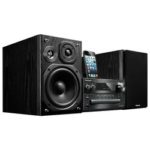Making an antenna for a music center do it yourself
It would seem, what could be simpler than an antenna for a regular music center? Using it is easy: just turn on the device, catch the necessary radio stations and enjoy your favorite music. At first glance, the way it is, but, as is often the case, there is also a downside. Let's try to understand the features of FM-receiving devices and find out why sometimes it is better to make an antenna with your own hands.
What are the antennas
In the case of standard antennas for boom boxes and music centers, everything is more or less clear. Most often, this is the usual folding metal rods of retractable design. In rare cases when the standard antenna does not cope, it is possible to use additional signal amplifiers.
So, there are antennas of directional and non-directional type. Conventionally, they can be divided into:
- Disk drives (a familiar plate that can often be seen in private homes, as a rule, such devices catch satellite broadcasting).
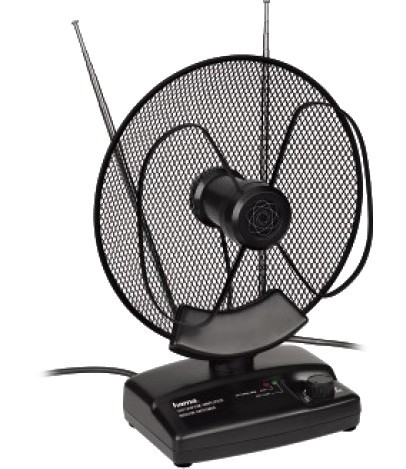
- Stem-like (pin), rounded type (ordinary rod, which is given the shape of a circle) and straight lines.
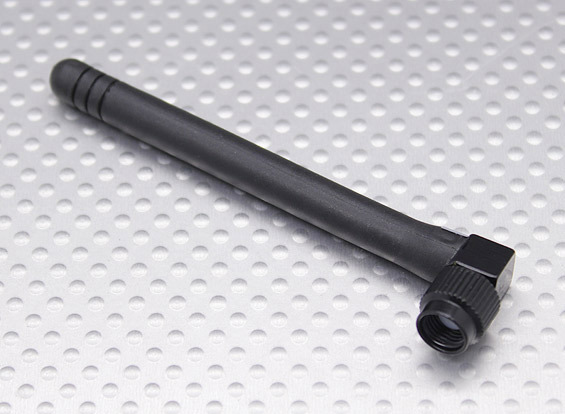
- Wire (most often it is bending wire, which can be given any shape and fixed in this position).
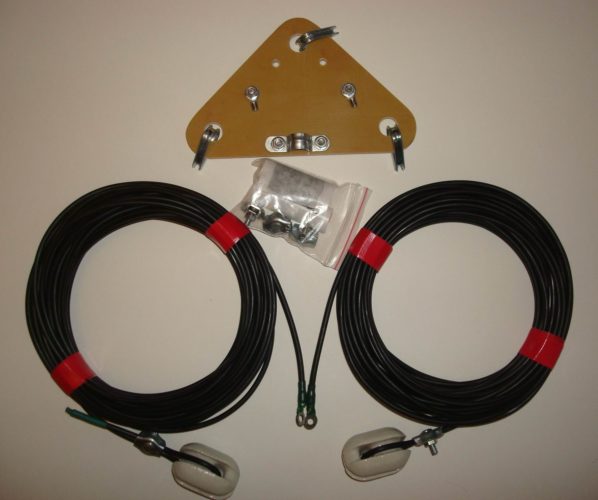
The shapes and sizes of the antennas are not limited, you can meet the most ambitious solutions on the market, only the sound quality depends not only on how they look, but also on the characteristics of the music center itself. Not every microsystem can fully unlock the capabilities of a receiving antenna, and this often becomes the reason why many people prefer to experiment with these devices.
Let us dwell on how to improve the radio signal with your own hands, without resorting to financial investments.
Homemade antenna
Anyone can make it; for this we need several simple tools that are available in every home:
- A piece of copper wire.
- Ordinary kitchen knife.
- Pliers.
Note that not in all regions of our country the FM signal stably covers the entire territory.In some remote locations, the usual built-in antenna of the music center is not enough. In this case, the owners of the devices are beginning to try to strengthen the signal on their own. Most often, you can see how a regular fm-antenna wrapped in wire. In other cases, this wire is taken out of the window (for example, into the open window), in the hope that this will somehow amplify the signal. Indeed, often this practice helps, and the radio still manages to catch.
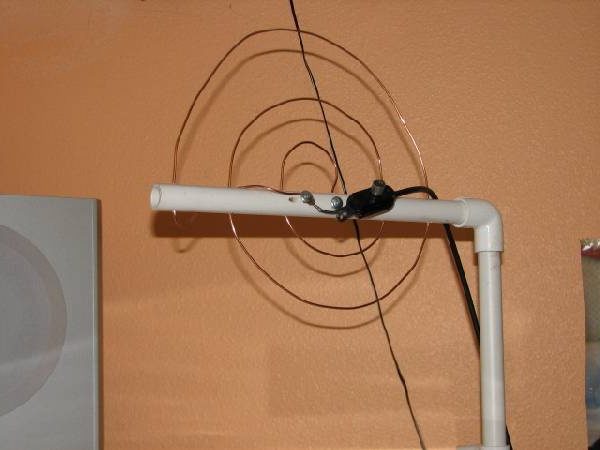
So, let's take a closer look at how to make such an amplifier of a regular antenna with your own hands. This is done in stages:
- Take a piece of copper wire.
- Measure the length you need and cut with pliers or nippers.
- Now strip the cut piece of wire with a regular knife.
- Then you should securely wind the cleaned wire to the existing antenna and try to catch the signal.
If significant improvements have not happened, then you should pay attention to the back side of the music center. In the area where the jacks for plugs are located, there is often a so-called input for additional antennas. Some manage to strengthen the signal by inserting a wire into this socket, but it is worth noting that this practice can lead to unstable operation of the device as a whole, and sometimes to breakdowns.In addition, the effectiveness of this method is very doubtful.
In case the device’s gain doesn’t help, you can try to collect rod antenna. It is highly directional, moreover, more resistant to urban interference. Most often, it is made from the already existing old television antenna, given that some broadcast frequencies have shifted or even switched to online or satellite broadcasting.
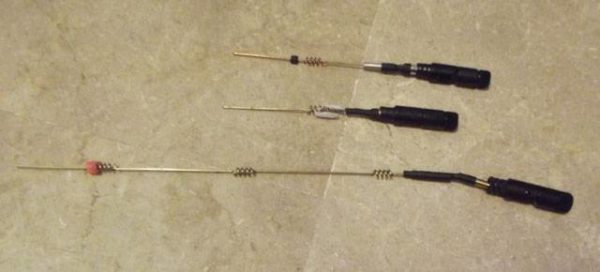
A directional whip (rod) antenna consists of a power element (boom), two passive directors, a loop vibrator and a reflector. Its size depends on the range in which the signal is received.
In order to do it yourself, you need:
- Secure the power structure on the outside of the building.
- Plug the wire into the corresponding socket of the music center (for its manufacture you will need a plug under the corresponding socket and the ability to work with a soldering iron).
- Search for radio stations.
Of course, there are options for home-made antennas with a more complex manufacturing algorithm, but they will require much more skill and time to assemble.Wire and whip antennas are the easiest and most affordable options for any user, in case you need to improve the signal with improvised means.
Special features
Do not forget that the signal tends to deteriorate and sometimes disappear completely at night, and also depending on weather conditions. For example, in rain, snow or strong wind. However, it should be noted that if there is a signal, the whip antenna will ensure its high-quality transmission. In addition, not all stereos are capable of hardware to improve signal reception. In particular, this problem is observed cheap modelswhere, regardless of which antenna is connected to the system, there are no changes in the level of signal reception.
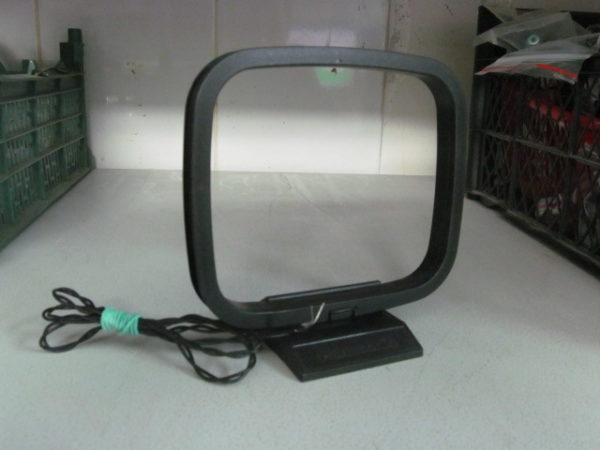
In rare cases (as an experiment), users are trying to achieve better reception by plugging the plug of an ordinary house-wide TV antenna into an FM jack. It is not worth doing this in any way, it does not always help, it is most often possible to have problems with short circuits and power surges.
Do not forget that:
- The presence of reliable reception is possible only in conditions of directionality to the signal source.
- In the evening and at night, the signal is significantly weakened due to the absence or reduction of long-distance reception.
An antenna for any music center can be made by hand, most importantly, carefully follow the instructions and show patience.

/rating_off.png)






